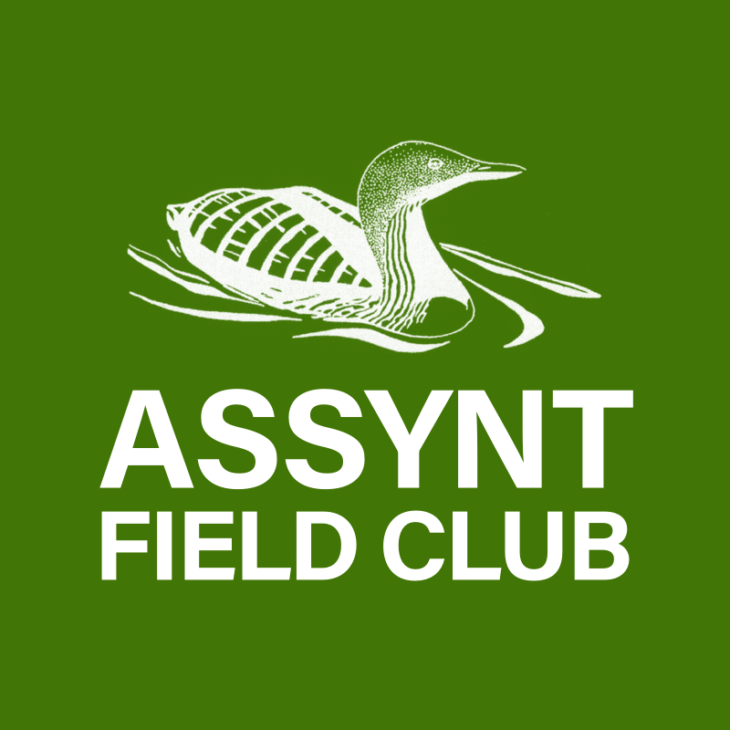What to Spot: March Edition
,
March sees our joint ‘Wildlife to Spot’ blog with Coigach & Assynt Living Landscape (CALL) move on to a busy time of the year for lots of our wildlife.
But, just before we get too excited, being this far north we can still expect to see this sort of thing for a while yet!
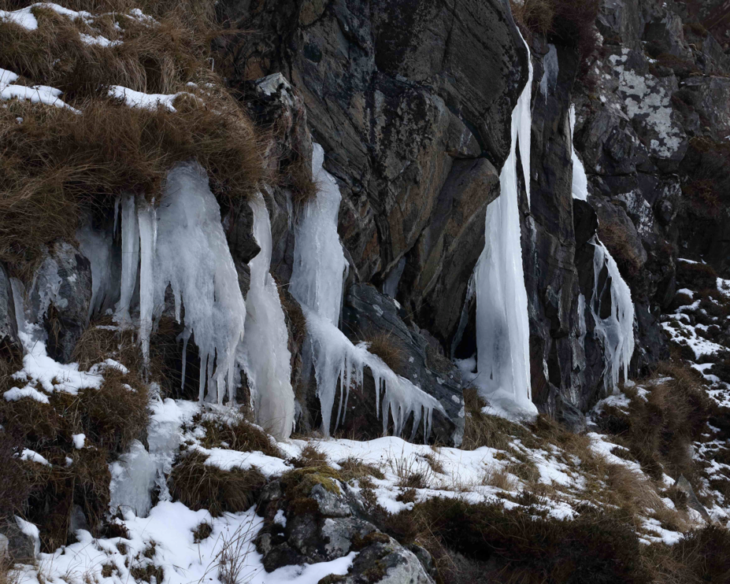
This month sees a big increase in the types and numbers of birds returning to their breeding sites throughout, and outwith, the CALL area. Just a few of these to look out for include-
Skylark; having wintered much further south these aerial singers are a welcome sound and sight at this time. The males claim their territories by singing for minutes on end from heights up to 150m and all the while holding station on fluttering wings.
Lapwing; another one of our migrant breeders that winters further south will be returning this month. Like Skylark, Lapwing is a declining species mainly due to habitat loss and changes in land use. Locally though our breeding numbers, while very small, seem stable at the moment but way down on decades ago.
Wheatear; a longer distance migrant from south of the Sahara is normally first recorded around the 25th or 26th of this month. A few weeks later and they seem to be everywhere. Always a welcome sight as they flit about the crofts.
Pink-footed Goose; another migrant but not one that will stop to breed in the area. We do however see them flying over this month heading north to their breeding grounds in Iceland and Greenland. Their distinctive ‘wink-wink’ contact call can be heard from quite a distance.
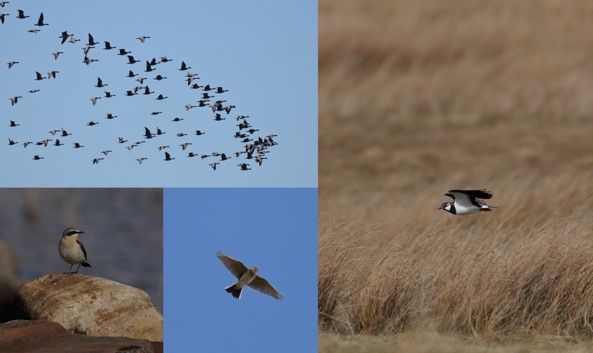
Some of the yellow spring flowers should be making an appearance this month with Primrose most likely the first one to look for. They should be followed by the glossy yellow Lesser Celandine in more wooded areas.
Another yellow plant to enjoy this month is the pollen laden catkins of the Hazel trees – unless of course you suffer from ‘hay’ fever! Not yellow, yet, but the Willow catkins will be opening too – always a great sight on a sunny day.
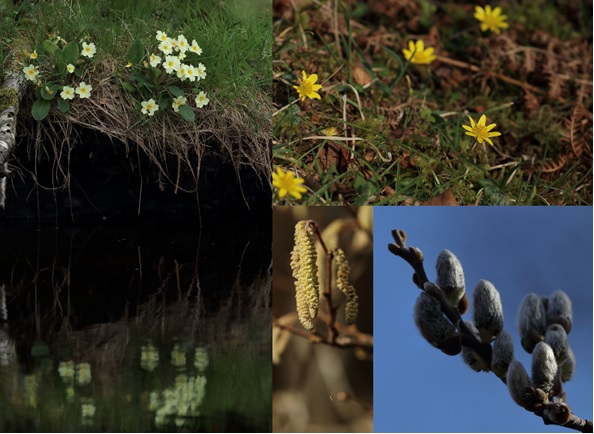
Of course, one of the most amazing group of organisms that you can look for all year are the lichens. Every lichen is a very stable and mutually beneficial association between a fungus and algae and/or cyanobacteria. They come in all sorts of shapes and colours, and with around 17000 species worldwide it probably needs several lifetimes to get to know them. So just enjoy them is probably the best advice.
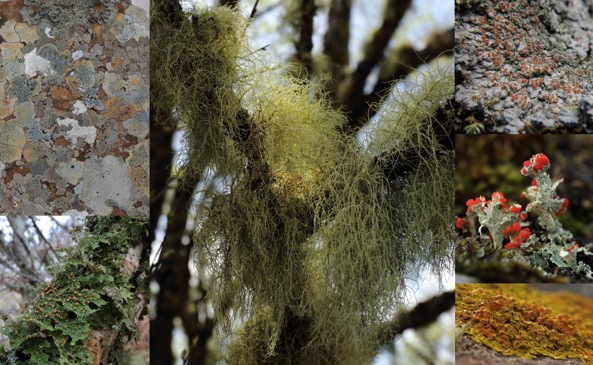
With it still being winter in the area means snow cover is always possible. This presents a great opportunity to get out and look for animal tracks during the day. You will be amazed at the activity that takes place under the cover of darkness once you get your eye in and start spotting animal tracks in the snow.
Stoats are one example and you can often see just how much fun they seem to have in the snow simply by following their tracks.
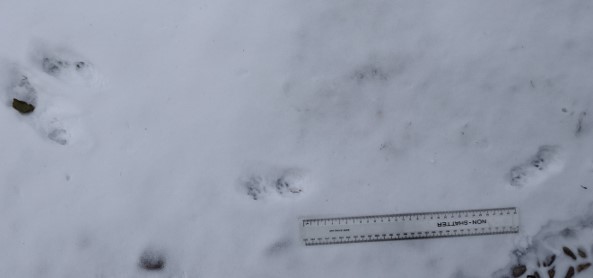
Last thing to keep an eye out for is frog spawn. If the weather has warmed up a bit the female frogs will start producing spawn and it can often be seen in roadside ditches. Frog spawn is laid in large clumps while Toad spawn is laid in a long chain, like a string of pearls.
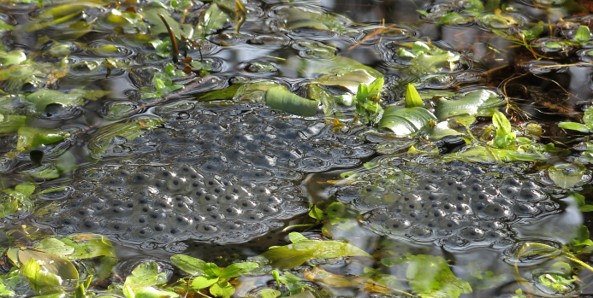
So, as the days lengthen, and hopefully get warmer, it’s a great time of year to watch the natural world get active again. Please always treat wildlife with respect so that others can enjoy the same sights and sounds.
